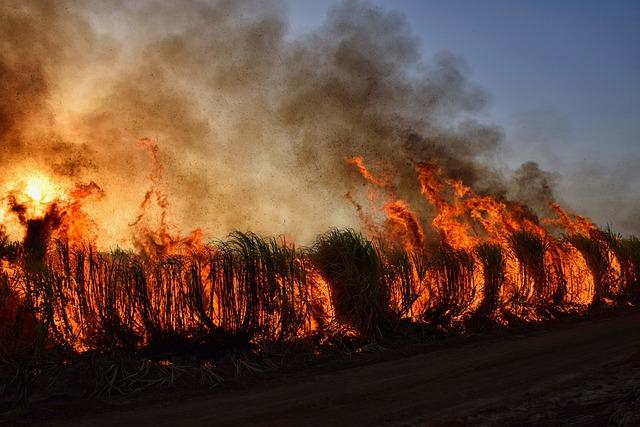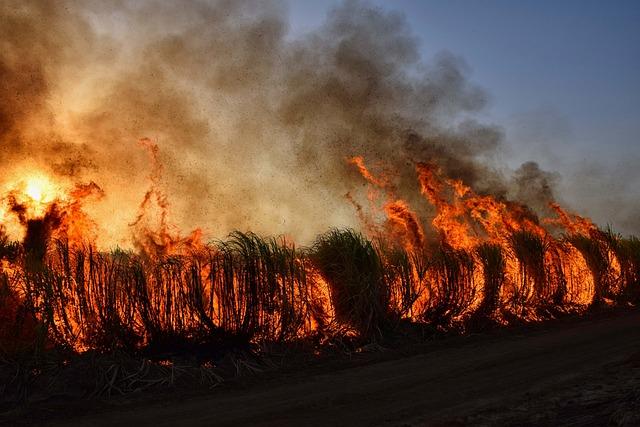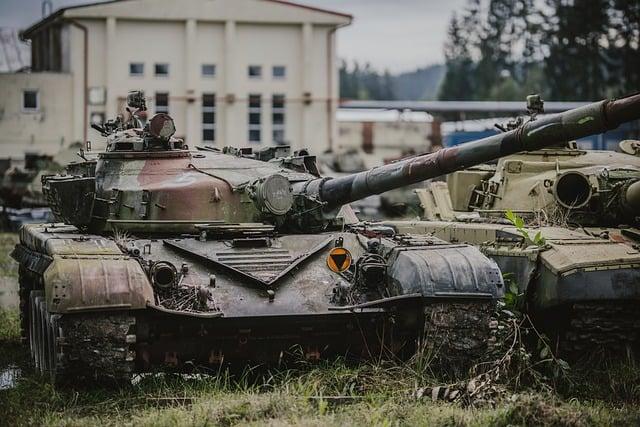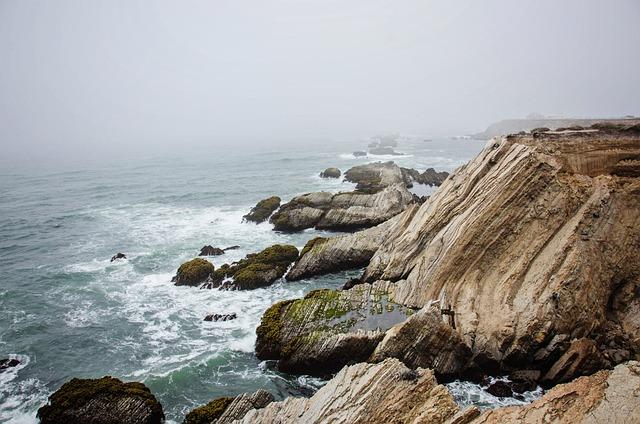- Introduction
- Causes of Wildfires
- Impact on Environment and Communities
- Wildfire Prevention Measures
- Government Response and Firefighting Techniques
- Conclusion
- FAQs
Introduction
In California, the occurrence of devastating wildfires has become a recurring theme during specific seasons, causing significant damage to both the environment and communities. Understanding the causes, impacts, prevention measures, and response strategies is crucial in managing this ongoing risk.
Causes of Wildfires
Wildfires in California are often sparked by a combination of natural factors like lightning strikes, coupled with human activities such as power lines, campfires, and arson. The state's dry climate and strong winds create ideal conditions for fire spread.

(Image: Pixabay/@photo-graphe)
The increased presence of dead vegetation due to drought conditions further fuels the intensity and frequency of wildfires in the region.
Impact on Environment and Communities
Wildfires not only devastate the natural habitat and wildlife but also pose a significant threat to residential areas, leading to evacuations, property damage, and loss of lives. The resulting air pollution from smoke endangers public health, exacerbating respiratory problems.

(Image: Pixabay/@photo-graphe)
The long-term effects of wildfires include soil erosion, loss of biodiversity, and economic strain on affected areas due to reconstruction costs and diminished tourism revenue.
Wildfire Prevention Measures
To mitigate the risk of wildfires, various preventive actions can be taken, such as creating defensible spaces around properties, implementing vegetation management programs, and promoting fire-resistant building materials in wildfire-prone regions.

(Image: Pixabay/@stevepb)
Public education on fire safety practices, early detection systems, and strict regulations on outdoor burning are essential components of wildfire prevention efforts.
Government Response and Firefighting Techniques
The California government works in collaboration with federal agencies, local fire departments, and communities to respond swiftly to wildfires. Firefighting techniques include aerial water drops, controlled burns, and the deployment of firefighting crews on the ground to contain and extinguish fires.

(Image: Pixabay/@bergy59)
Technological advancements like satellite monitoring and predictive modeling assist in tracking fire movement and allocating resources effectively to combat the spread of wildfires.
Conclusion
In conclusion, California's burning seasons necessitate a holistic approach towards wildfire management, encompassing prevention, preparedness, response, and recovery efforts. Collaboration between government agencies, communities, and environmental organizations is key to mitigating the impact of wildfires on the state.
FAQs
How can individuals contribute to wildfire prevention?
Individuals can contribute to wildfire prevention by practicing fire-safe behaviors, maintaining defensible spaces around their properties, and reporting any signs of fire hazards promptly.
What role does climate change play in escalating wildfire risks?
Climate change intensifies wildfire risks by prolonging drought periods, increasing temperatures, and altering precipitation patterns, creating conditions conducive to fire ignition and spread.

